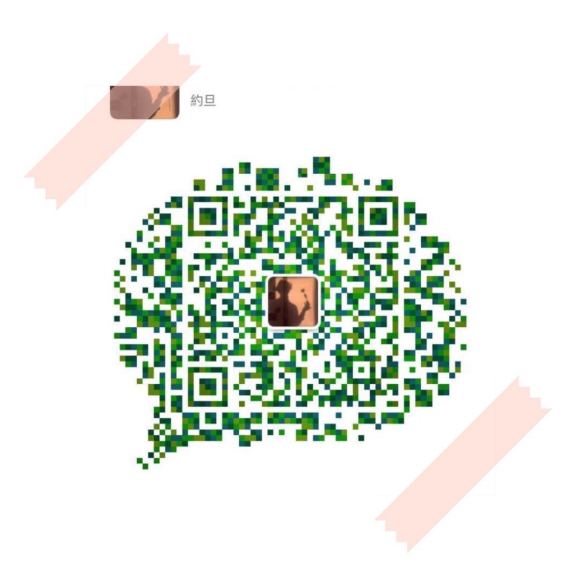陽光養豬場app開發【余經理:130電6088話4245】,陽光養豬場系統開發,陽光養豬場軟件開發,陽光養豬場模式開發,陽光養豬場源碼開發,陽光養豬場平臺開發,陽光養豬場定制開發,陽光養豬場快速開發

Mikhail panaseuk, director of the Institute of nuclear physics in skobelitzen, Moscow University and vice chairman of the International CommiTTEe for space research, said that Russian scientists have developed a new way to find life on Mars and other celestial bodies in the solar system - using laser scans of their su-ces from spacecraft or landing stations to make judgments. Relevant research results are published in the latest issue of space research.
&uot;based on the methods proposed by our university biologists, we have proposed a method to measure and an instrument to determine the survival rate of microorganisms in outer space,&uot; said Mihail Panasonic. This method is based on the characteristics of fluorescence radiation of biological objects with micro size after being irradiated by laser beam. We can judge whether there is life on the object under study. &uot; He said that with the aid of the instrument, objects can be checked within hundREDs of kilometers, but only traces of life can be found on the su-ce of the soil.
The Institute of nuclear physics, the Department of physics and biology, and the Institute of physical and chemical biology of belozelski, Moscow University, participated in the research of this method. The work was carried out within the framework of the Russian &uot;boomerang&uot; spacecraft scientific euipment development, which will be used to explore Mars and bring soil samples from Mars satellite Phobos back to earth.














